41-9017 Heidi Ho
![A B-17 Flying Fortress (serial number 41-9017) of the 92nd Bomb Group in flight. Passed for publication 5 Sep 1942. Printed caption on reverse: 'Q.13312: A Flying Fortress photographed in flight at a U.S. Training Centre.' On reverse: Westminster Press Provincial Newspapers Ltd and US Army General Section Press & Censorship Bureau [Stamps].](https://assets.americanairmuseum.com/s3fs-public/freeman/media-408318.jpg)
Passed for publication 5 Sep 1942. Printed caption on reverse: 'Q.13312: A Flying Fortress photographed in flight at a U.S. Training Centre.' On reverse: Westminster Press Provincial Newspapers Ltd and US Army General Section Press & Censorship Bureau [Stamps]. Roger Freeman Collection
Amended caption as per information in Freeman, Mighty Eighth War Manual, p 147
Changed unit associations as per information in Fortlog this aircraft was assigned to 97th Bomb Group at the time the image was taken
Object Number - FRE 3717 - A B-17 Flying Fortress (serial number 41-9017) nicknamed "Heidi Ho"of the 97th Bomb Group takes off from Bovingdon, September 1942. Passed for...
Boeing B-17E
41-9017
Heidi Ho
Polebook, England (340BS/97BG) – April 1942
Took part in First 8th Air Force mission on 17 August 1942
Grafton Underwood, England (305BG) – 6 November 1942
Bovingdon, England (327BS/92BG) – 6 December 1942
Earls Colne, England (94BG) – 12 May 1943
Rushbrooke with Rougham, England (94BG) – 15 June 1943
Alconbury, England (482BG) – August 1943
Damaged in explosion at Great Ashfield, England (549BS/385BG) – 3 September 1943
Alconbury, England (Salvaged) – 20 May 1945
Part of strike force on VIII Bomber Command Mission 1 (17 August 1942).
Squadron hack for 94BG, 482BG, and 385BGs.
Connections
See how this entry relates to other items in the archive by exploring the connections below.
Units served with

- Unit Hierarchy: Squadron
- Air Force: Eighth Air Force
- Type Category: Bombardment
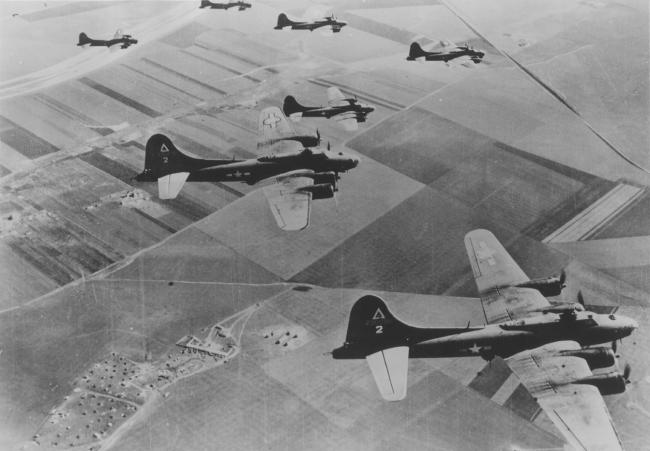
- Unit Hierarchy: Squadron
- Air Force: Eighth Air Force
- Type Category: Bombardment
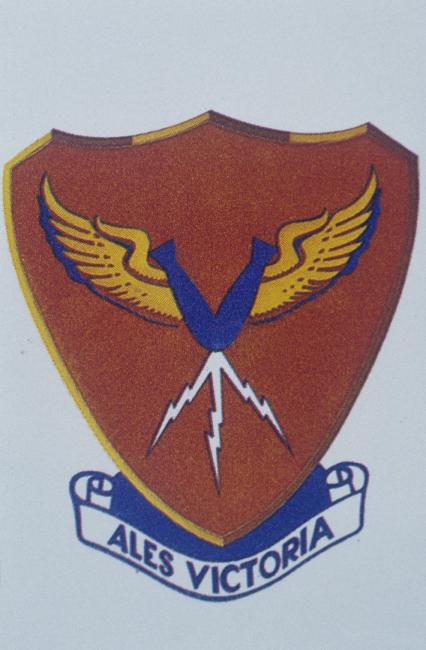
- Unit Hierarchy: Group
- Air Force: Eighth Air Force
- Type Category: Bombardment

- Unit Hierarchy: Group
- Air Force: Eighth Air Force
- Type Category: Bombardment

- Unit Hierarchy: Group
- Air Force: Eighth Air Force
- Type Category: Bombardment
People
- Military/Civilian/Mascot: Military
- Nationality: American
- Unit: 97th Bomb Group 342nd Bomb Squadron
- Service Numbers: 20318111 at enlistment
- Highest Rank: Colonel
- Role/Job: Pilot
Places
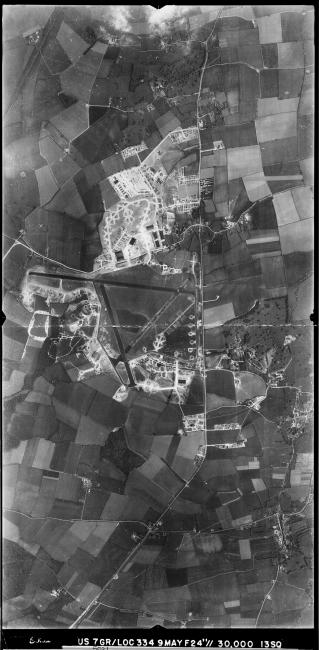
- Site type: Airfield

- Site type: Airfield
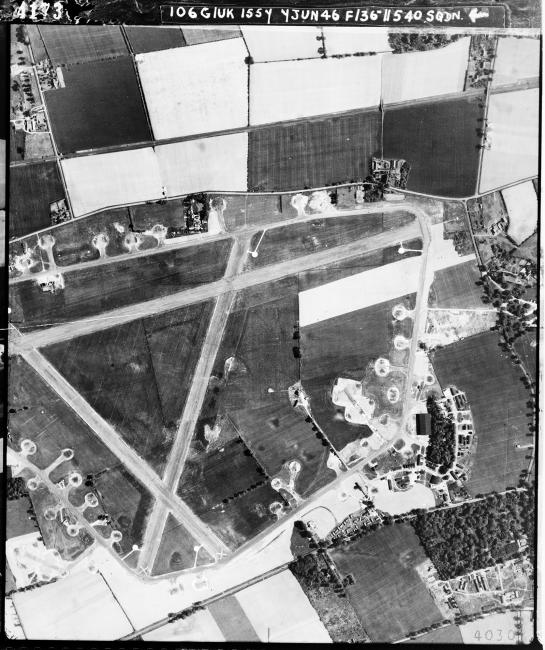
- Site type: Airfield
- Known as: Rougham

- Site type: Airfield

- Site type: Airfield
- Known as: Grafton Undermud
Missions
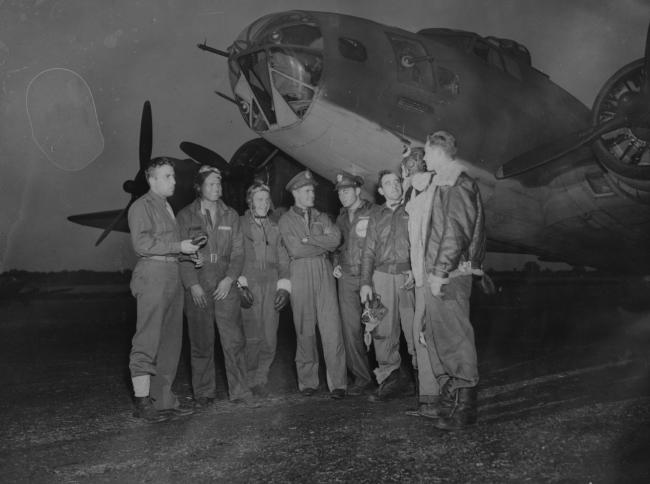
- Date: 17 August 1942
- Official Description:
Revisions
Lee Cunningham 20-Oct-2014 "Mighty Eighth War Diary" Roger A. Freeman.
![A B-17 Flying Fortress (serial number 41-9017) of the 92nd Bomb Group flies low over base 5th of September 1942. Printed caption on reverse of print: 'Photo Shows - A "Flying Fortress" flying over the aerodrome at the bomber training station. G. 5th September 1942 PN:B.' Passed for publication 5 Sep 1942. On reverse: US Army General Section Press & Censorship Bureau [Stamp]. Print No: 219942.](https://assets.americanairmuseum.com/s3fs-public/styles/max_650x650/public/freeman/media-408312.jpg?itok=9ejCXHS4)
![A B-17 Flying Fortress (serial number 41-9017) of the 92nd Bomb Group in flight. Passed for publication 5 Sep 1942. Printed caption on reverse: 'Q.13312: A Flying Fortress photographed in flight at a U.S. Training Centre.' On reverse: Westminster Press Provincial Newspapers Ltd and US Army General Section Press & Censorship Bureau [Stamps].](https://assets.americanairmuseum.com/s3fs-public/styles/max_650x650/public/freeman/media-408318.jpg?itok=l8MLcV3q)
![A B-17 Flying Fortress (serial number 41-9017) of the 92nd Bomb Group retracts its landing gear on take off. Passed for publication 4 Sep 1942. Printed caption on reverse: 'American Flying Fortresses in England: American Flying Fortresses are now in England where they are being serviced for use by the U.S. Air Force and the R.A.F. for raids over Germany. Keystone.' Handwritten on reverse: '19017.' On reverse: US Army Press & General Censorship Bureau [Stamp].](https://assets.americanairmuseum.com/s3fs-public/styles/max_650x650/public/freeman/media-408319.jpg?itok=YNVNc6H4)

